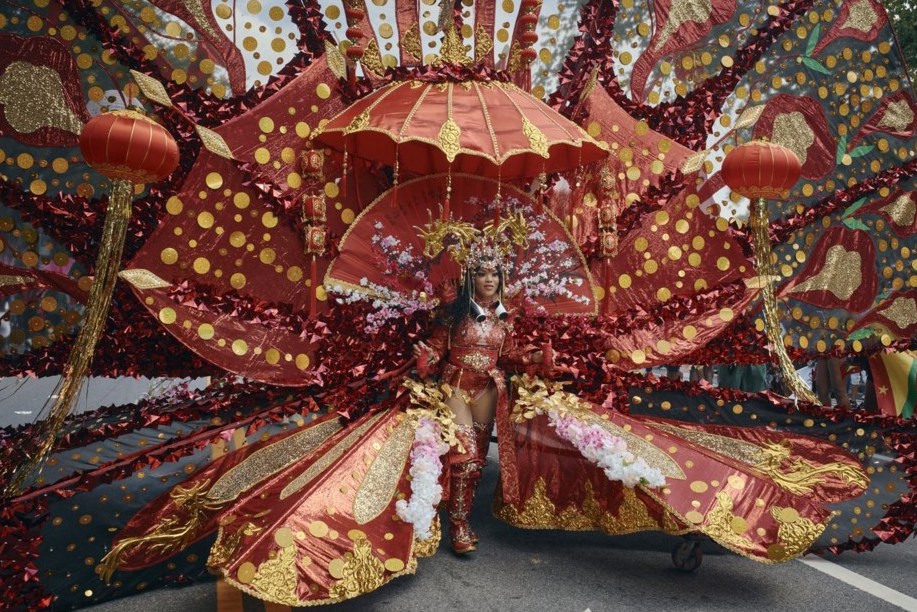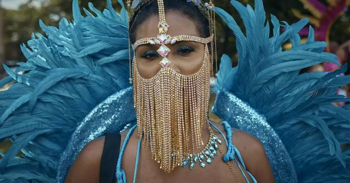A Sea of Color and Culture as New York City’s West Indian Parade Brings Music Merriment and Politics to Brooklyn
A Celebration of Caribbean Spirit
New York City’s West Indian American Day Parade returned to Brooklyn with a dazzling display of Caribbean pride and tradition. Stretching across nearly two miles of Eastern Parkway, the annual Labor Day event drew hundreds of thousands of people who filled the streets with vibrant costumes, waving flags, and the pulsating rhythms of soca, reggae, and steel pan drums.
For many, the parade is more than just a cultural showcase. It is a moment of unity, where the city’s large Caribbean community celebrates heritage, freedom, and resilience with joyous energy that radiates through music and dance.
Politics in the Parade
While the parade’s heartbeat lies in its cultural expression, politics also had a strong presence this year. With a mayoral election approaching in November, candidates seized the opportunity to connect with the community.
Mayor Eric Adams, seeking reelection as an independent, helped cut the ceremonial ribbon alongside Governor Kathy Hochul. Civil rights leader Rev. Al Sharpton was also seen at the kickoff, underscoring the event’s significance in the city’s political and social landscape.
Several challengers joined the parade as well. State Assemblyman Zohran Mamdani, the Democratic nominee, joined in the festivities by dancing in traditional Caribbean style. Former Governor Andrew Cuomo, now running as an independent candidate for mayor, greeted attendees with a thumbs up along the parade route. Republican contender Curtis Sliwa waved enthusiastically to the crowd, wearing his signature red Guardian Angels beret.
Heightened Security After Last Year’s Violence
The joyous occasion carried a more serious undertone this year, with increased security following last year’s fatal shooting that left one dead and four wounded along the parade route.
Police deployed thousands of officers, helicopters, and drones to safeguard the event. Barricades created a protective buffer between marchers and spectators, forming what officials described as a moat around the festivities. It was the largest security operation of the year, even surpassing deployments for New Year’s Eve in Times Square and Independence Day celebrations along the East River.
Mayor Adams emphasized that no threats were identified but assured the public that the city would not allow violence to disrupt the parade again.
A Tradition of Freedom and Unity
The West Indian American Day Parade is the centerpiece of several days of carnival celebrations in New York. Among its most cherished traditions is J’Ouvert, a pre-dawn street party rooted in the emancipation of enslaved people. The parade itself culminates in front of the Brooklyn Museum, symbolizing both cultural pride and the enduring bond of a diverse community.
Despite last year’s tragedy, the event continues to thrive, drawing people from across the city and beyond to celebrate Caribbean culture, music, and unity. For many, the parade represents not just heritage but also the strength and spirit of a community that continues to shine brightly in the heart of New York.

